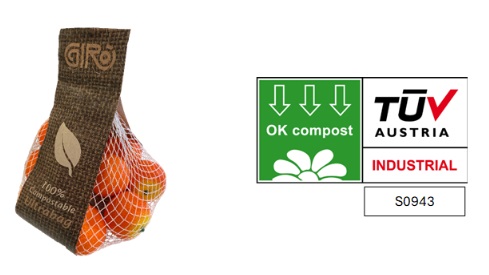Packaging
Dynamic weighing or Static weighing system? - Dynamic weighers: the world´s most accurate
Most automatic fruit weighers, and particularly of citrus, are based on a rather simple principle. There are multiple buckets filled with small amounts of fruit (one or a few units). Every bucket with its contents is individually weighted and after knowing all the individual bucket weights is carried out a combinatorial operation
30 November, -0001
Most automatic fruit weighers, and particularly of citrus, are based on a rather simple principle. There are multiple buckets filled with small amounts of fruit (one or a few units). Every bucket with its contents is individuallyweighted and after knowing all the individual bucket weights is carried out a combinatorial operationto find the target weight (the package you want to be obtained) by adding several buckets.Conceptually, a static weigher consists of a number of feeding channels (usually between 8 and 16) with abucket associated to every channel. The buckets are static, there is not moving, and also static weighted.The fruit to be weighted is moved through the vibrating channel and introduced into the correspondingbucket. Once the bucket is filled it needs to be stabilized and finally weighted through load cells. It is obtainedone weight measurement per bucket.Subsequently a microprocessor takes care of combinations between these n buckets (remember, usually between8 and 16) for all the possible combinations, or sums of weights of buckets, and choose the one that bestsum approaches the target weight.How does a dynamic weighing?The difference is that there are several carousels (usually 3 or 4) each formed by several buckets (15 to30). These carousels are continuously rotating and a feeding system fills the buckets with one or a few piecesof fruit. The buckets with fruit inside are continuously on the go. For each carousel there is a load cell and thebuckets are dynamically weighed, one by one, as they pass through the weighing zone were the load cell islocated.A microprocessor is responsible to calculate all the combinatorial possibilities with the buckets (in this casemay be more than 100), to reach the target weight.It is evident that the combinatorial capacity of a dynamic weigher is higher due to the higher number of buckets to combine.So dynamic weigher is recommended rather than a static? The answer is not universal. If a machine is required for fruit very accurately calibrated, the answer is yes. A dynamic weighing is ideal for working with citrus because usually the product is distributed very calibrated. But a static weigher is perfectly valid for less demanding product calibration (e.g. potatoes or other vegetables).The advantage of a static weigher is its less mechanical complexity (no moving parts) and a lower cost for equal productivity.A dynamic weigher is usually more expensive than a static offering the same output. If there is no need tohandle a very calibrated produce it is not needed to invest in a dynamic weigher. A dynamic weigher saves 6 gr of fruit in every dump, which means 12 tons of fruit per year.Images 1 - Static weigher bucket system: feeding channels, weighing buckets and output belts2 - Carousel and buckets system of a dynamic weigherSourceGiro Magazine Fruit Logistica 2016


.jpg)








